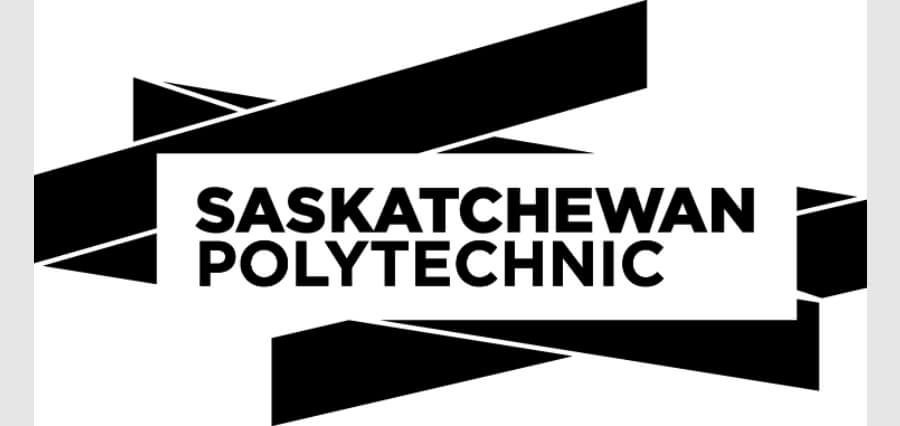Copywriting is an intrinsic part of advertising. It has its origins in ancient Greece, and since then has undergone many changes and transformations. And even though a copywriter’s job was (and continues to be) to write persuasive and exciting texts, there are critical differences between old and modern copywriting.
But, before we dive into what separates “old” and “modern” copywriting, let’s take a look at what aspects remain the same.
Copies are still expected to trigger an action. Whether it is buying a product, signing up for a newsletter, or contacting a brand/company, a good copy will always prompt an action. A well-written copy will also always be assertive, meaning that it should grab the reader’s attention in a matter of seconds. And lastly, it does not matter if you are writing for traditional media or the web; good copywriters connect with audiences through creative storytelling.
Now that we know the essence of good a copy, we can move on to the critical differences between old copywriting and modern copywriting:
• The Channel
Undoubtedly, the most evident differentiator is the channel. Old copywriting was intended mostly for print and traditional media. Modern copywriting, on the other hand, is designed for the web.
Globalization and the Internet have opened the doors to a world of possibilities, shortening distances and expanding offers. Today, anyone can have 24/7 access to content from all over the world, exposing them to new brands, products, and services.
Hence, the modern copy needs to work extra hard to keep up with the news channels and to be able to break through the informational clutter.
• The Audience
The old copy was more segmented — in the sense that when you wrote copy for a particular magazine, newspaper, or television channel, you knew exactly who your intended audience was. But, with modern copy, anyone and everyone with access to the web can see your content. Therefore, your copy needs to be much more inclusive.
Nonetheless, that does not mean that modern copywriters do not need to pay attention to audiences’ demographics and psychographics. Although you are writing for a broader audience, you still need to analyze your Buyer Persona (ideal customer) and effectively connect with them.
• The Tools
When comparing new and old copy, you need to factor in the tools — especially Search Engine Optimization (SEO). An excellent modern copy will allow your content to be seen. It will help you filter the millions of people who come across your message and speak to only your desired audience.
But how? Simple. As a digital copywriter, you need to learn to write your content with SEO in mind. Here, you will find a guide to help this to improve your content’s exposure.
• The Tone
Lastly, another critical difference between the old copy and a modern copy is tone. Nowadays, the copy needs to feel and appear more personal.
In other words, you want the reader to think you are speaking solely to him/her, even though your message is read by millions of people across the globe.
As a result, new copies are usually more relaxed and informal and use more colloquial vocabulary than old copies.









